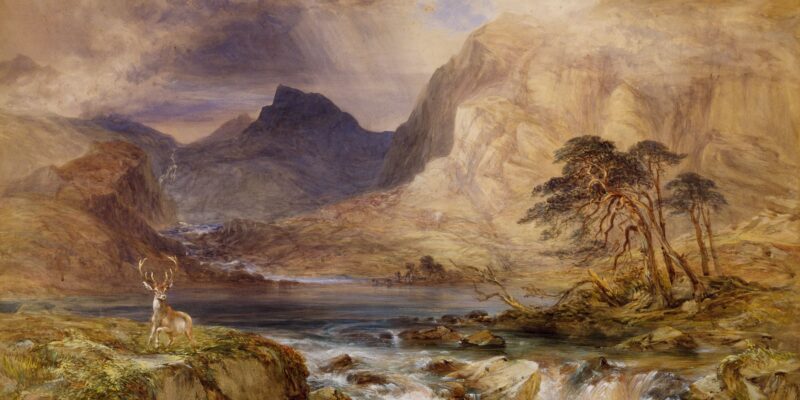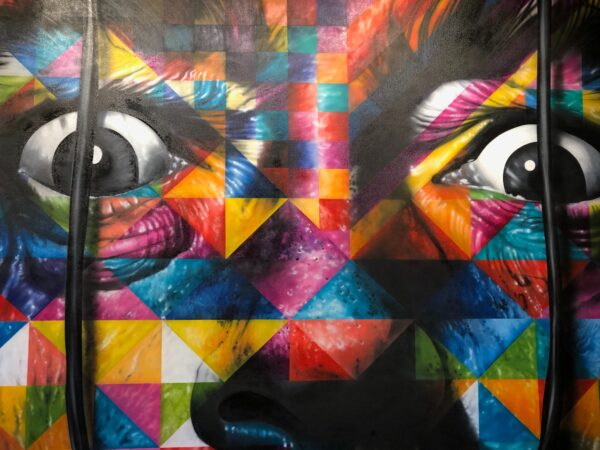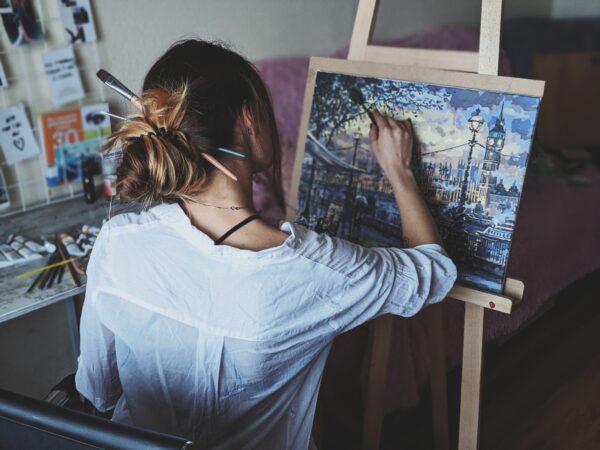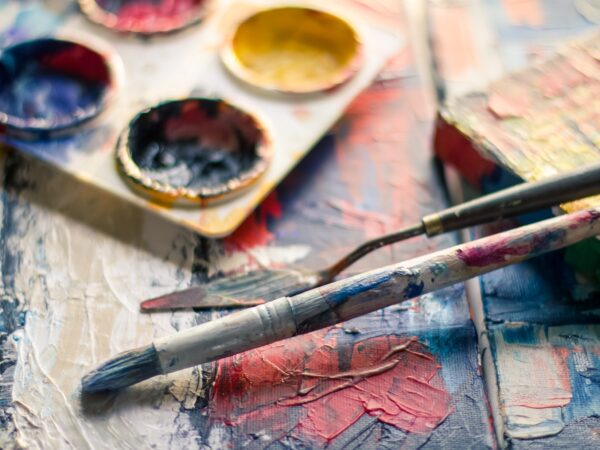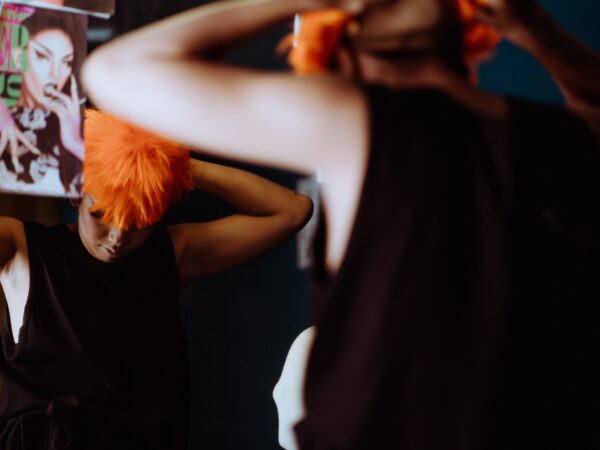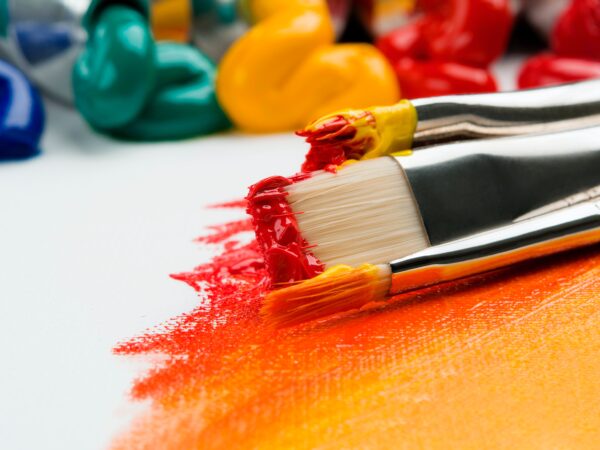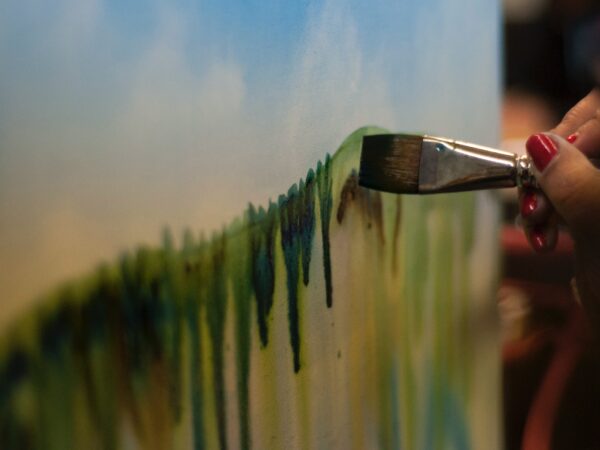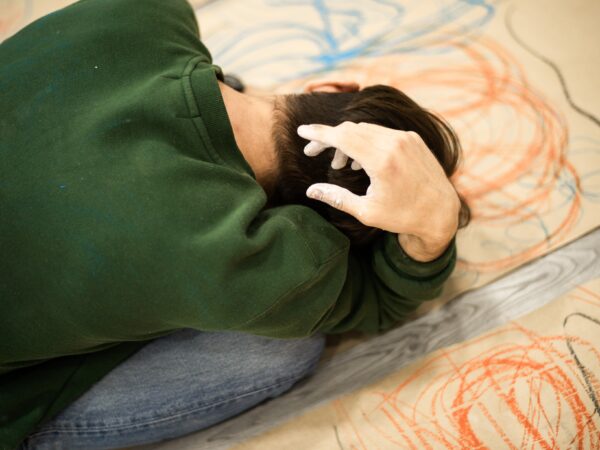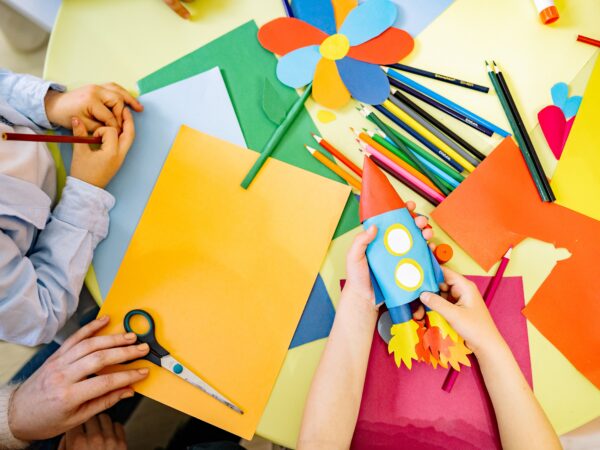Art is an integral aspect of human life, with its effect transcending mere aesthetics to influence critical aspects of society such as social, cultural, and political discourses. Art has always played an essential role in shaping and transforming social norms, and it has become increasingly intertwined with the burgeoning social justice movements.
Such movements are commonly defined as advocacy efforts aimed at challenging societal injustices, including discrimination, oppression, and inequality, among others. They encompass various collective actions, such as protests, strikes, advocacy, and grassroots efforts aimed at transforming oppressive systems and creating transformative change.
FisrtlyArt has emerged as a powerful tool to communicate with society, start conversations, and bring about the much-needed transformation.
Social justice movements have a long history, ranging from the civil rights movement in the US to the workers’ movements in Europe and Latin America. Throughout these movements, art has been fundamental in mobilizing communities, transmitting ideas, and facilitating discourses on issues of social justice.
This article explores the role of art in social justice movements, including how it is used to create awareness, shape narratives, facilitate dialogue, and mobilize communities towards transformative change.
1. Creating Awareness and Shaping Narratives
Art offers an innovative way of creating awareness and shaping narratives on critical socio-political issues, such as inequality, discrimination, and oppression. Through various forms, including music, poetry, visual art, and performance art, artists have been able to tell stories that reflect the realities of society, expose the unjust systems, and challenge the status quo. Furthermore, Art has the power to depict issues that are often invisible in mainstream media and thus awaken social consciousness.
Visual Art
Visual art, such as murals, posters, and street art, is powerful in creating awareness and shaping the narrative in social justice movements. For example, during the South African apartheid regime, artists created large murals and posters that depicted the reality of the system of racial segregation and the injustices endured by black South Africans. These pieces of art became a powerful tool for mobilization and consciousness-raising, eventually contributing to the dismantling of the apartheid system.
Similarly, in Mexico, artists have used murals and street art to call for justice and the recognition of the rights of indigenous people. These artistic expressions have not only raised awareness but have also become symbols of hope and resilience for the communities they represent.
Music
Music has also played a significant role in shaping narratives and creating awareness in social justice movements. Throughout history, movements such as the civil rights movement, the anti-war movement, and the labor movement have used music to inspire and mobilize communities. For example, during the civil rights movement, artists such as Nina Simone, Bob Dylan, and Sam Cooke used their music to inspire and mobilize communities towards social justice. Their songs spoke to the realities of black Americans, exposed the injustices of the system, and created a sense of community and solidarity among disparate groups.
Performance Art
Performance art is another powerful form of artistic expression that has been used to create awareness and shape narratives in social justice movements. This involves creating an experience for the audience through live events, resulting in a powerful emotional connection. For example, the Guerrilla Girls, a feminist collective, have used performance art to challenge the art world’s male-dominated system. Their performances involve wearing gorilla masks and staging protests in public spaces to call attention to the lack of representation of women and artists from non-European backgrounds in the art world.
2. Facilitating Dialogue and Generating Controversy
Art also facilitates dialogue and generates controversy, leading to critical conversations about social issues. Art has the power to draw people into spaces of reflection, contemplation, and discussion, leading to movements towards change. Through art, people can confront tough issues while feeling safe and supported, leading to constructive discussions and new solutions.
Visual Art
Visual art, such as photography and painting, can provoke people’s emotional responses, leading to dialogue and controversy. For example, the photograph of the little girl running in terror during the Vietnam War became a symbol of the atrocities of the war, provoking widespread public outrage and leading to new discussions about the war’s morality.
Similarly, the painting of the dead migrant child on the Rio Grande shores by Manuela Carmena, former mayor of Madrid, sparked controversy, generating tough discussions about the plight of refugees and immigrants worldwide. Art can provoke and inspire individuals to take direct activism to counter social injustices.
Performance Art
This art is another powerful form of artistic expression that facilitates dialogue and controversy. Performance art can confront people directly with injustice, leading to a powerful emotional response. For example, advocates for disabled communities often engage in performative advocacy, which involves using theatrical, music and dramatic performances. Historically, these performances and protests have led to passionate discussions and eventually to policy changes supporting marginal groups.
Music
Music can also facilitate dialogue and controversy, leading to critical conversations about social issues. For example, in the 1980s, the Gangsta rap genre used violent imagery, vulgar language, and controversial themes to address issues affecting the black community, such as police brutality, inequality, and poverty. The lyrics and beats communicated the harsh realities of life in black America, generating controversial discussions, and leading to more open and honest conversations about how to address them.
3. Mobilizing Communities towards Transformative Change
Art is an essential tool for mobilizing communities towards transformative change in social justice movements. Art can motivate people individually and collectively to take action by creating euphoria around collective identity and shared goals. In many contexts, art has been responsible for a complete change in the political landscape, organizing the unorganized, and catalyzing structural changes in societies.
Visual Art
Visual art, such as public art, murals, posters, and street art, has been fundamental in mobilizing communities towards transformative change. For example, in the US, the Black Lives Matter movement has used murals, posters, and street art to create awareness about the racism and police brutality that black Americans face daily. These expressions of art have mobilized communities, leading to massive protests and demands for police and social reforms towards justice.
Similarly, in Iran, the street art movement has been used to mobilize communities against the Islamic regime. The street painters depicted provocative images with religious and political messages to challenge the oppressive regime’s narrative and mobilize communities towards change.
Music
Music has also been fundamental in mobilizing communities towards transformative change. For example, during the Arab Spring movement in North Africa and the Middle East, music acted as a catalyst for mobilizing communities to demand democracy and justice. Egyptian singer-songwriter Amr Diab’s music inspired large protests, driving public opinion towards change.
Conclusion
Art is a powerful tool in social justice movements, playing an essential role in creating awareness, shaping narratives, facilitating dialogue, and mobilizing communities towards transformative change.
As such, artists’ contributions should be considered and commended in social justice movements actively. Art’s beauty is that it encompasses multiple viewpoints and opinions that can provoke productive debate and promote transformation that is so urgent nowadays.
However, to achieve sustainable social justice, local governments, institutions, and media need to actively create space for art to thrive and support artists’ expressions of dissent, especially those advocating for marginalized groups. Coupling the power of art with other tactics is a vital part of creating lasting change in our societies. This the role of art in social justice moments.


